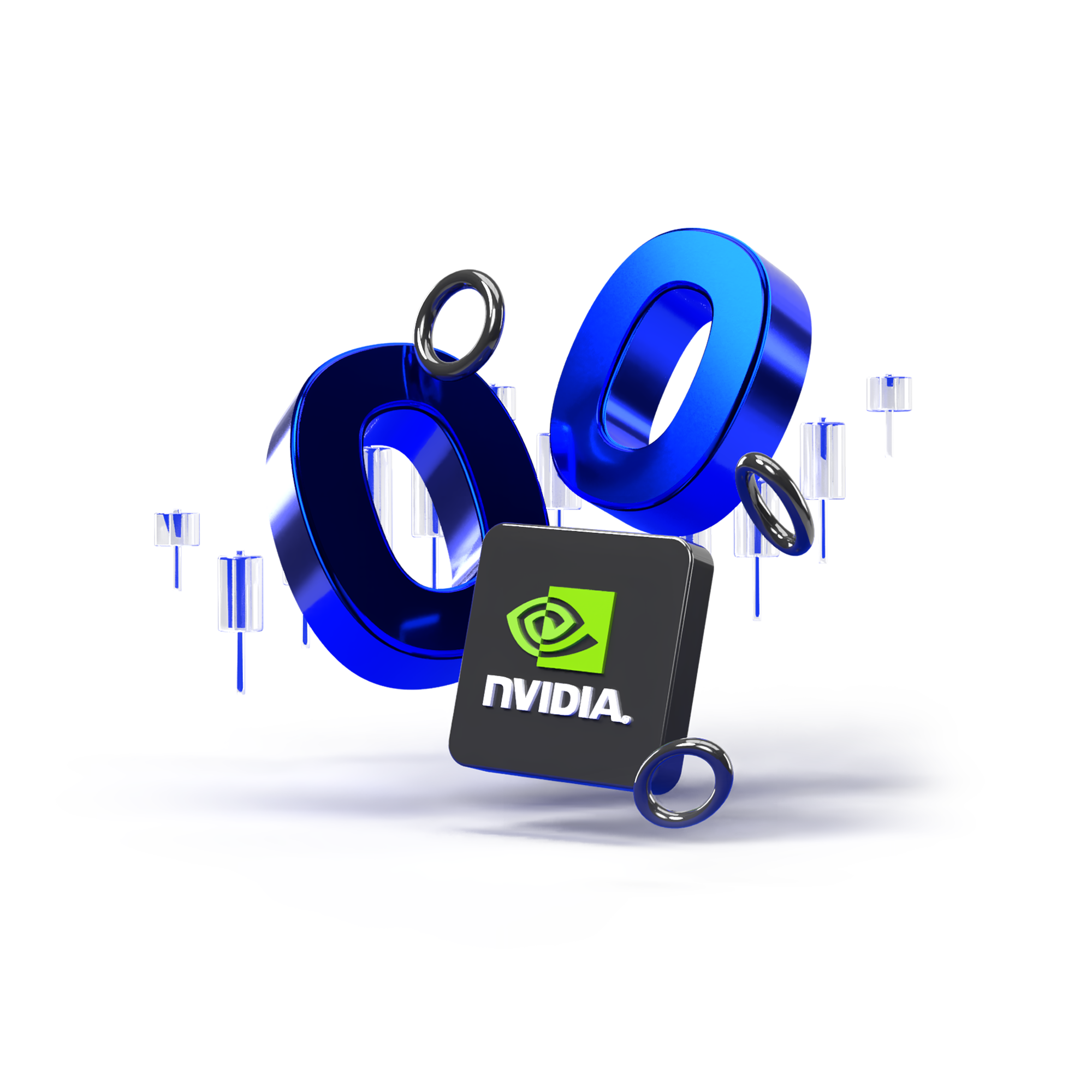Just as the name suggests, high-frequency trading (HFT) operates at breakneck speeds, allowing traders to benefit from split-second trading decisions. But why the need for such breakneck speed? Let's dive more into what HFT is and what types of traders could benefit from it.

What is high frequency trading?
High frequency trading (HFT) is a trading strategy that involves the use of powerful computers and advanced algorithms to execute a large number of trades in milliseconds. It leverages speed and technology to take advantage of small price discrepancies in financial markets. HFT firms aim to profit from these tiny price movements, often making numerous trades within a single second. The lightning-fast nature of high frequency trading has transformed the landscape of financial markets, bringing both benefits and concerns that we'll delve into shortly below.
What profile of traders should use this strategy?
Traders who are best suited for utilising the high frequency trading (HFT) strategy are typically highly skilled in quantitative analysis, possess advanced programming knowledge, and have a deep understanding of market dynamics. They thrive in fast-paced environments and are comfortable making split-second decisions based on data analysis. It is primarily suitable for institutions, banks, and financial firms with the resources and infrastructure to support it effectively. Individual retail traders, including day traders, swing traders and position traders, typically do not engage in it due to its high costs, technological demands, and complexity. HFT requires substantial capital, advanced algorithms, and direct market access, making it the domain of professional and institutional investors.
Trade Demo: Real trading conditions with zero risk
Trade risk-free on Skilling’s award winning platforms with a 10k* demo account.

Examples
Here are a few examples of high frequency trading:
- Latency arbitrage: HFT traders take advantage of small price discrepancies between different exchanges by quickly executing trades. This strategy exploits the time delays in information dissemination across multiple platforms.
- Market making: HFT firms act as liquidity providers in the market by continuously placing buy and sell orders. They profit from the bid-ask spread, earning small profits on each transaction due to their high trading volume.
- Statistical arbitrage: HFT algorithms analyse vast amounts of historical and real-time market data to identify patterns and correlations. These patterns are used to make quick trading decisions and profit from temporary price imbalances.
- News-based trading: HFT algorithms monitor news feeds and react to market-moving events with lightning speed. They could instantly process and interpret information to execute trades before other market participants have a chance to respond.
It's important to note that these examples are not an exhaustive list, and HFT strategies may vary depending on the specific trading firm and market conditions.
Tools to do high frequency trading
To engage in HFT, traders rely on a combination of specialised tools and technologies. Here are some examples of common tools used in HFT:
- Low-latency trading platforms: Traders require a high-performance trading platform with low-latency capabilities to execute trades quickly. These platforms are specifically designed to handle large volumes of data and provide robust connectivity to exchanges.
- Direct market access (DMA): DMA allows traders to directly connect to the market's order book, bypassing intermediaries and reducing execution time. It provides direct control over trade execution and enables faster response times.
- Co-location services: Traders often place their servers in data centres located near exchange servers to minimise network latency. Co-location services offer proximity to the trading venue, reducing the time it takes for trade orders to reach the exchange.
- High-speed data feeds: HFT relies heavily on real-time market data feeds. Traders subscribe to high-speed data feeds that provide up-to-the-millisecond pricing and order book information. These feeds allow for rapid analysis and decision-making.
- Algorithmic trading software: HFT strategies require powerful algorithmic trading software capable of executing trades rapidly and efficiently. These software solutions incorporate complex algorithms to analyse market data, identify trading opportunities, and execute trades automatically.
- Risk management tools: Given the high-speed and high-volume nature of HFT, risk management is crucial. Traders utilise sophisticated risk management tools to monitor and control their exposure, implementing safeguards to prevent excessive losses.
What's your Trading Style?
No matter the playing field, knowing your style is the first step to success.

Advantages and disadvantages
Advantages
- Speed advantage: HFT allows traders to execute trades at lightning-fast speeds, enabling them to take advantage of market inefficiencies and exploit short-term price fluctuations.
- Liquidity provision: HFT firms acting as market makers enhance market liquidity by continuously placing buy and sell orders, narrowing bid-ask spreads, and increasing overall market efficiency.
- Efficient price discovery: HFT contributes to faster and more accurate price discovery as algorithms analyse vast amounts of data, leading to more efficient market pricing.
- Increased market efficiency: HFT improves overall market efficiency by facilitating faster and smoother trade execution and enhancing price transparency.
Disadvantages
- Increased market volatility: HFT's rapid trading activity could amplify market volatility, causing sudden and large price swings, which may lead to increased instability and potential systemic risks.
- Unequal access to market data: HFT firms with superior technology and resources may have an unfair advantage over retail investors and smaller traders who lack access to the same high-speed data and infrastructure.
- Potential for market manipulation: HFT strategies, if used maliciously, could distort market prices, manipulate order queues, and create artificial trading patterns, potentially harming market integrity.
- Increased complexity and systemic risk: HFT's reliance on complex algorithms and technology introduces the risk of software glitches, connectivity issues, or other technical failures that could disrupt markets and cause significant financial losses.
Want to boost your trading knowledge and learn more trading strategies? Visit the Skilling blog today to learn how you could make it in trading.











